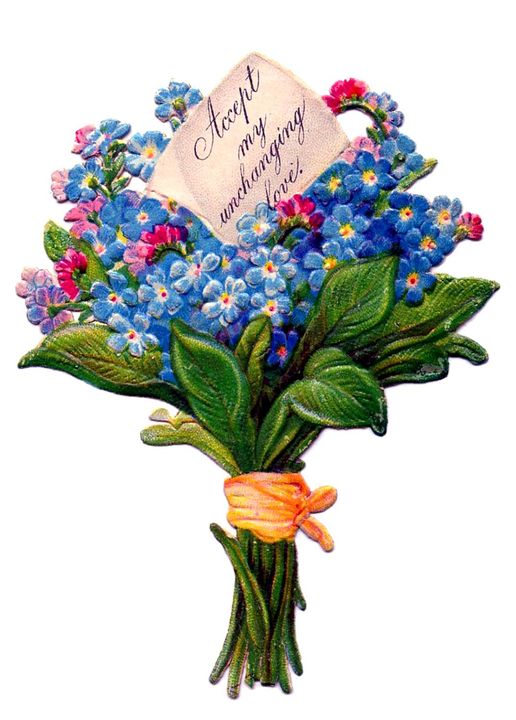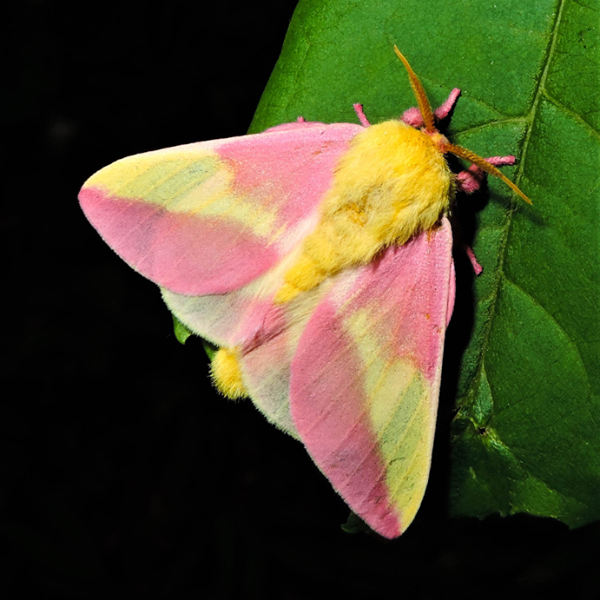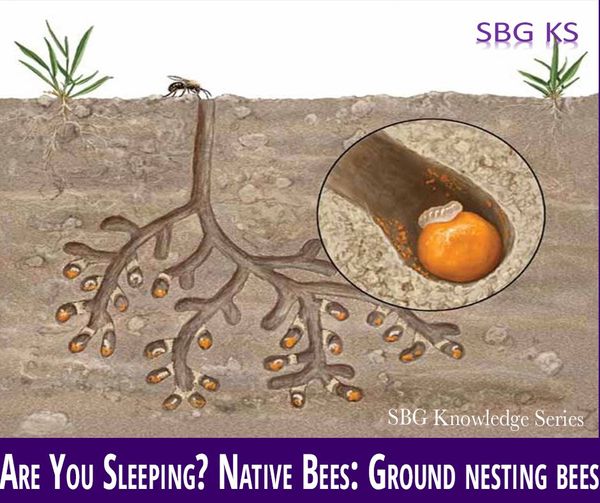Gardeners play a similar role. When we think beyond our own property edge, we realize that there are millions of gardeners caring for countless acres of land, each with the ability to make decisions about their pieces of the puzzle that directly affect our ecosystem.
Our gardens have the capacity to support life, manage water, feed pollinators, and yes, be endlessly entertaining and beautiful. Whether you have a two-acre habitat or back patio of potted plants, each is a valuable piece of a larger puzzle. When we start connecting these habitats with one another, the picture expands.
But where do you start? You start with your piece of the puzzle.
Author: Pam Ford
Graphic: Gordon Johnson







 RSS Feed
RSS Feed